How Plastic Pollution Fuels Climate Change
- September 6, 2024
- 0 comment
Plastic pollution is more than just an environmental nuisance; it significantly contributes to climate change. As plastics break down, they release greenhouse gases such as methane and ethylene, which exacerbate global warming. This connection underscores the urgent need to address plastic waste not only for environmental health but also for climate stability.
What is Plastic Pollution?
Plastic pollution refers to the accumulation of plastic materials in the environment that negatively impacts wildlife, ecosystems, and human health. Plastics are synthetic polymers designed for durability, which makes them persist in natural habitats long after their intended use. This persistence results in vast quantities of plastic waste accumulating in landfills, oceans, rivers, and landscapes. Plastic pollution manifests in various forms, from large debris like plastic bags and bottles to microplastics, which are tiny particles resulting from the breakdown of larger plastic items.
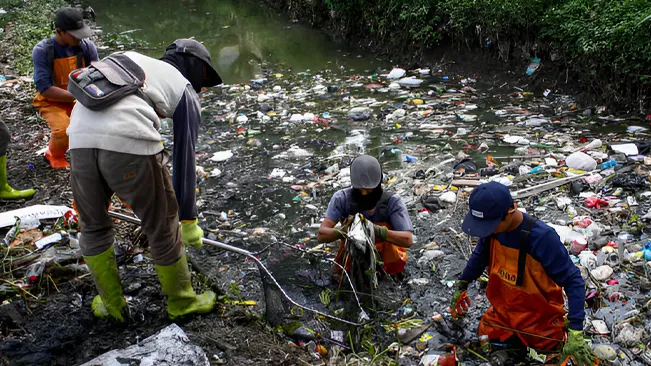
The environmental consequences of plastic pollution are severe. Marine animals, such as fish, birds, and turtles, often mistake plastic debris for food, leading to ingestion, entanglement, and sometimes death. Additionally, plastics can leach toxic chemicals into the soil and water, disrupting ecosystems and entering the food chain. The widespread presence of plastic waste not only harms wildlife but also poses risks to human health, as these pollutants can contaminate drinking water and food sources. Addressing plastic pollution requires concerted efforts in reducing plastic use, improving waste management, and fostering recycling and innovation in materials.
What is Single-Use Plastic?
Single-use plastics are designed to be used only once before being discarded, prioritizing convenience over sustainability. These plastics are typically lightweight and inexpensive, making them ideal for applications where durability and long-term use are not required. Common examples include plastic water bottles, shopping bags, straws, and food packaging. Their primary appeal lies in their practicality for temporary tasks, but this very convenience contributes significantly to environmental problems. Since they are not intended for reuse, single-use plastics end up in landfills or the environment, where they can persist for centuries, causing pollution and harming wildlife.
Globally, the production of plastics exceeds 300 million tons annually, with approximately half of this amount being single-use plastics. This staggering volume underscores the scale of the issue, as these items are often used briefly but contribute to long-lasting environmental damage. The pervasive use of single-use plastics has led to significant accumulation in natural habitats, including oceans, rivers, and landscapes. As these plastics break down into smaller fragments, they exacerbate pollution problems and pose risks to ecosystems and human health. Addressing the challenge of single-use plastics is crucial for mitigating their environmental impact and fostering more sustainable consumption practices.
How Single-Use Plastic Production Contributes to Climate Change
The production of single-use plastics is a major driver of climate change, primarily due to the reliance on fossil fuels as raw materials and the energy-intensive processes involved. Most single-use plastics are derived from petroleum and natural gas, which are extracted, refined, and processed into plastic polymers. This process releases significant amounts of carbon dioxide (CO₂) and other greenhouse gases, contributing to the overall increase in atmospheric CO₂ levels. The energy required to manufacture these plastics often comes from burning fossil fuels, further amplifying their carbon footprint.
Moreover, the lifecycle of single-use plastics doesn’t end with their production. When these plastics are disposed of, they often end up in landfills where they can release methane, a potent greenhouse gas, as they slowly break down anaerobically. Even if incinerated, single-use plastics release CO₂ and other pollutants into the atmosphere. The combined effect of emissions from production, disposal, and degradation exacerbates global warming. Thus, reducing the production and consumption of single-use plastics is crucial for mitigating their impact on climate change and achieving long-term environmental sustainability.
Easy Ways To Help Reduce Plastic Use
1. Opt for Reusable Alternatives
Replacing single-use plastics with reusable alternatives is a simple yet impactful change. Cloth shopping bags, for example, can significantly reduce the number of plastic bags that end up in landfills or oceans. Stainless steel or glass water bottles are durable and can be refilled multiple times, cutting down on the need for disposable plastic bottles.
Similarly, reusable coffee cups help minimize the waste generated from single-use coffee cups and lids. By adopting these reusable options, you not only reduce plastic waste but also often save money in the long run, as these items are designed to last.
2. Avoid Plastic Straws
Plastic straws are a common yet unnecessary single-use plastic item that contributes to pollution. By opting for alternatives like paper, metal, or bamboo straws, or simply choosing to drink without a straw, you can help cut down on plastic waste.

Paper straws are biodegradable and decompose quickly, while metal and bamboo straws are reusable and can be easily cleaned. Some restaurants and cafes are now offering these eco-friendly options, and refusing a straw when it’s not needed also reduces unnecessary waste.
3. Bring Your Own Containers
When dining out or ordering takeout, bringing your own containers can greatly reduce the need for single-use plastic packaging. Many restaurants and food establishments are willing to accommodate customers who bring their own containers for leftovers or takeout orders.
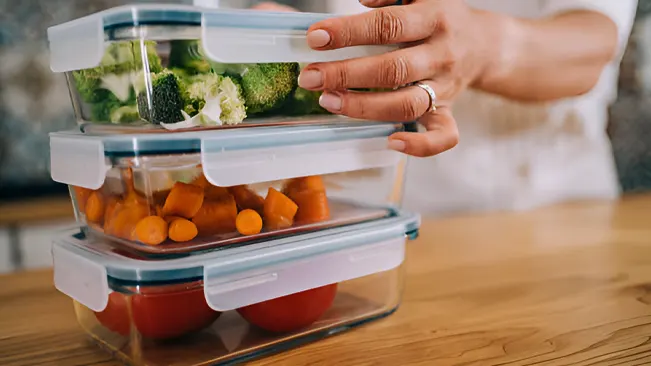
This practice not only helps in cutting down plastic waste but also encourages businesses to consider more sustainable packaging options. Using reusable containers for storing food at home also helps reduce reliance on plastic wrap and single-use bags.
4. Purchase in Bulk
Buying products in bulk is an effective way to reduce packaging waste. Many grocery stores offer bulk bins where you can purchase grains, nuts, spices, and other staples without the need for individual plastic packaging.
By bringing your own containers or using provided reusable bags, you can avoid the excess plastic that comes with pre-packaged goods. Bulk purchasing not only minimizes packaging waste but can also be more cost-effective, as items are often sold at a lower price per unit.
5. Support Plastic-Free Products
Supporting brands and products that use minimal or eco-friendly packaging can drive positive change in the market. Many companies are now offering products with biodegradable materials or innovative packaging solutions that reduce plastic use.

By choosing products with sustainable packaging, you encourage more businesses to adopt environmentally friendly practices and help reduce the demand for plastic-based packaging. This shift can lead to a broader industry-wide change towards more sustainable product offerings.
6. Recycle Properly
Proper recycling is crucial for managing plastic waste effectively. Follow your local recycling guidelines to ensure that plastics are sorted correctly and processed in a way that maximizes their chances of being reused or repurposed.
Avoid placing non-recyclable items, such as certain types of plastic bags or contaminated food packaging, into recycling bins, as these can contaminate the recycling stream and hinder the process. Proper recycling helps conserve resources and reduce the environmental impact of plastic waste.
7. Participate in Clean-Up Events
Joining local clean-up events is a proactive way to address plastic pollution in your community. These events often involve removing plastic waste from parks, beaches, rivers, and other public spaces.
Participating not only helps to clear visible litter but also raises awareness about the impact of plastic pollution and fosters a sense of community involvement. Clean-up events can also inspire others to take similar actions and promote environmental stewardship.
8. Spread Awareness
Educating others about the impact of plastic pollution and promoting sustainable practices can amplify your efforts to reduce plastic waste. Share information on social media, participate in community discussions, or host workshops on the importance of reducing plastic use.
By raising awareness and encouraging friends, family, and colleagues to adopt more sustainable habits, you contribute to a larger movement towards a plastic-free future.
Conclusion
In conclusion, the connection between plastic pollution and climate change is both profound and alarming. Single-use plastics, while convenient, contribute significantly to greenhouse gas emissions throughout their lifecycle from production to disposal. The reliance on fossil fuels for plastic production and the harmful gases released during plastic degradation amplify global warming. Addressing this issue requires a multifaceted approach, including reducing plastic consumption, supporting sustainable alternatives, and improving recycling practices. By taking individual and collective actions to minimize plastic waste, we can help mitigate its impact on our climate and work towards a healthier, more sustainable planet.
FAQs
- How does plastic pollution contribute to climate change?
Plastic pollution contributes to climate change primarily through greenhouse gas emissions. The production of plastics relies heavily on fossil fuels, which releases carbon dioxide (CO₂) and other greenhouse gases into the atmosphere. Additionally, as plastics degrade, they release methane and ethylene, both potent greenhouse gases that further exacerbate global warming. - What are single-use plastics and why are they problematic?
Single-use plastics are designed for one-time use and then discarded. They include items such as plastic bags, water bottles, straws, and food packaging. These plastics are problematic because they contribute to significant environmental pollution and are not biodegradable, leading to long-lasting waste that can harm wildlife and ecosystems. Their production and disposal also add to greenhouse gas emissions, intensifying climate change. - How do single-use plastics affect the environment beyond climate change?
Beyond contributing to climate change, single-use plastics pose numerous environmental problems. They can end up in oceans, where they harm marine life through ingestion and entanglement. Plastics also break down into microplastics, which can contaminate soil and water, affecting food chains and ecosystems. Additionally, they often release toxic chemicals that can leach into the environment. - Can recycling help mitigate the impact of plastic pollution?
Recycling can help mitigate the impact of plastic pollution by reducing the amount of new plastic produced and minimizing waste in landfills and the environment. However, effective recycling requires proper sorting and processing. Contaminated or improperly sorted plastics can reduce the efficiency of recycling efforts. Supporting and improving recycling systems is crucial for managing plastic waste more effectively. - Are there alternatives to plastic that are better for the environment?
Yes, there are several alternatives to plastic that are more environmentally friendly. These include biodegradable materials, such as paper, bamboo, and plant-based plastics, which break down more easily in the environment. Reusable items made from metal, glass, or durable fabrics are also excellent alternatives, as they can replace single-use plastics and reduce overall waste. - How can I get involved in reducing plastic pollution on a larger scale?
You can get involved by participating in community clean-up events, supporting policies and initiatives aimed at reducing plastic waste, and advocating for sustainable practices in your community and workplace. Educate others about the impacts of plastic pollution and encourage them to adopt more sustainable habits. Supporting organizations that work on plastic pollution and environmental conservation can also make a significant impact.

Joel Cunningham
Forestry AuthorI'm Joel Cunningham, an expert in pruning and weed management with over a decade of experience. My skills are rooted in formal training and extensive practice, focusing on advanced pruning techniques and efficient weed control. I'm known for my quality work, precision, and deep understanding of plant health and soil dynamics. My contributions extend to educational initiatives where I share sustainable practices and advice, establishing myself as a reliable and authoritative figure in the gardening community.

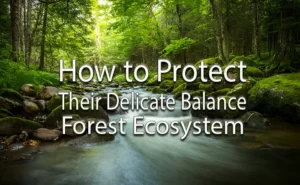
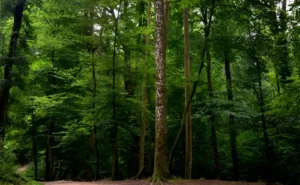


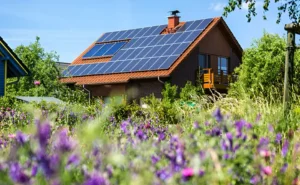
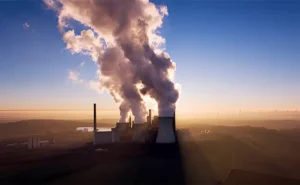




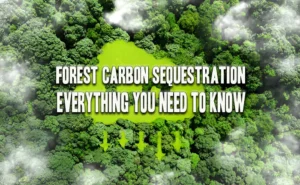
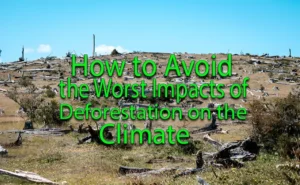
Leave your comment